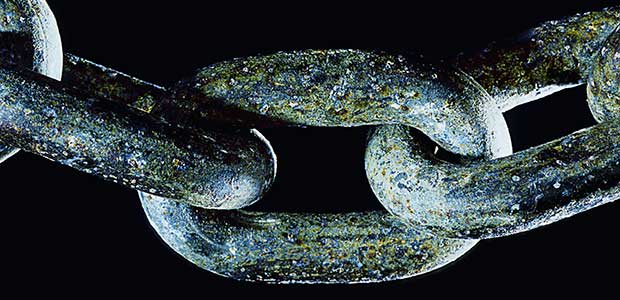HBX surprise first day fall compounds fears of fragile European IPO market – ECM Pulse EMEA
There was a sense of shock among European IPO market professionals as shares in Spanish travel technology company HBX Group [BME:HBX] fell well below IPO price on its first day of trading, 13 February.
Market participants expressed concerns about European IPO market strength, particular for mid-market assets, to ECM Pulse. “There is no schadenfreude on HBX from my end, we all need this to recover for everyone’s sake,” said one ECM banker who wasn’t involved in the listing.
HBX fell by over 10% from IPO price between open and just before midday on its first morning of trading. Volumes were huge with around 11m HBX shares changing hands that morning.
Given around 65m shares were issued at IPO, excluding overallocation, according to Dealogic, that represented around 17% of the shares allocated at IPO, with many at a loss given the stock was trading 10% below IPO price at the time.
The book stats shared with investors highlighted the vast majority of the of the book going to institutional long-only funds and significant scale-back, with hedge funds getting little.
The only rationale for the sudden fall at open was a change of heart for one of those institutional long-only investors, according to two sources close to the deal.
“From what we have seen it looks like, at open, an institutional long sold their whole position and that completely killed confidence,” said one of the sources. “There were very few hedge funds and deal players in the book, so they just didn’t have the allocation to sell-down in those levels. There was then a lot of noise and angst through the afternoon because it’s now seen as a ‘broken IPO’.”
The source noted that he was more optimistic about the future of the deal following an afternoon of buying which lifted the stock to around EUR 11 per share at the end of day one, just 4.4% below its EUR 11.50 IPO price.
HBX was trading at around EUR 11 a share on its second day of trading on very low volumes. The source noted the stock would likely tread water for a little bit before results, with the hope that a strong first reporting season post-IPO would lift it again. At close on 14 February, it had recovered a little more to trade just below its IPO price.
The source added that the recovery on day one had been led by natural buying, rather than banks stabilising the stock through the greenshoe.
Every ECM market participant speaking to ECM Pulse this week, including both deal sources, two ECM bankers away from the transaction and two investors, expressed sheer surprise at the performance of HBX given how the deal had been structured.
Alongside a predominantly long-only allocation the deal had come at a huge discount to Amadeus [BME:AMS], the company deemed its closest listed peer.
“I do not understand, the market was good and the pricing was fine,” said the second ECM banker. The handful of hedge funds that were in the book had been told by risk managers to sell the stock once it had fallen by 3% to 5% and buy back later, he added.
No market for mid-caps
Buysiders were scratching their heads as to why the stock had fallen so far so fast, with many concluding that there is still not enough support to counteract European IPO falls when one or two investors decide to run for the door in early trading.
“Perhaps it could have come cheaper,” one of the investors mused. “Amadeus is best-in-class and the discount wasn’t as great to the other listed travel companies.”
“But the big takeaway from this was no marginal buyer coming to catch the falling knife when the sell-off started,” the investor added, expressing concerns over the overall depth of the European IPO market.
The deal source noted that the lack of support for the deal, once it had started falling on the back of early selling had been a particular concern. “It really shows how fragile the IPO market is,” the source said.
Even if HBX recovers, it will hit European IPO sentiment a little given it was the highest profile transaction of the first window of 2025.
“Everyone talks about this being a really big year for IPOs, but I think what happened with HBX will have put things on the backburner a little,” said the first investor. “HBX was the bellwether for mid-cap IPOs in Europe.”
The investor noted that the market seemed to be working well for far smaller or niche deals, like the IPOs of Ferrari Group [AMS:FERGR] and Diagnostyka SA [WSE:DIA], this year, and large deals like the IPOs of CVC [AMS:CVC] and Galderma [SWX:GALD] last year.
The HBX IPO shows that mid-market companies that aren’t “must-own” investments might still struggle for traction, the investor added.
“It was probably too much to do EUR 700m plus in a mid-cap IPO,” said the second investor. “Anything EUR 600m to EUR 700m in European mid-caps is just too much to digest at IPO.”
This investor added: “If the market is bullish with lots of momentum, then it works, but this isn’t a momentum market.”
The poor aftermarket might cement a message that many bankers say that they have been trying to get across to clients that the IPO market is far from easy, despite high-performing equity benchmarks.
“This should hopefully now cause some issuers who are pushing deals at the wrong price to pause, especially on mid-cap names,” said the source close to the HBX IPO.













